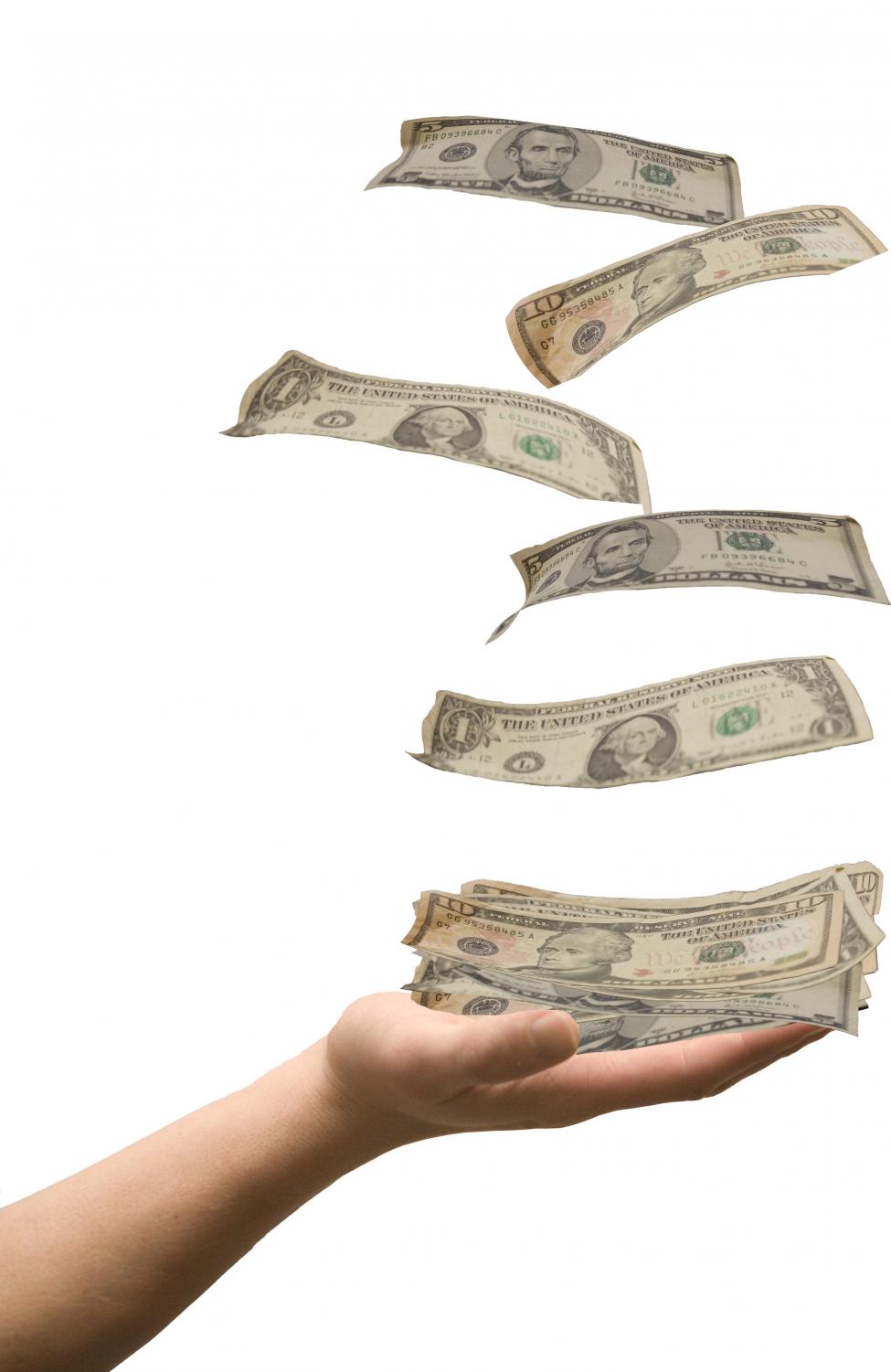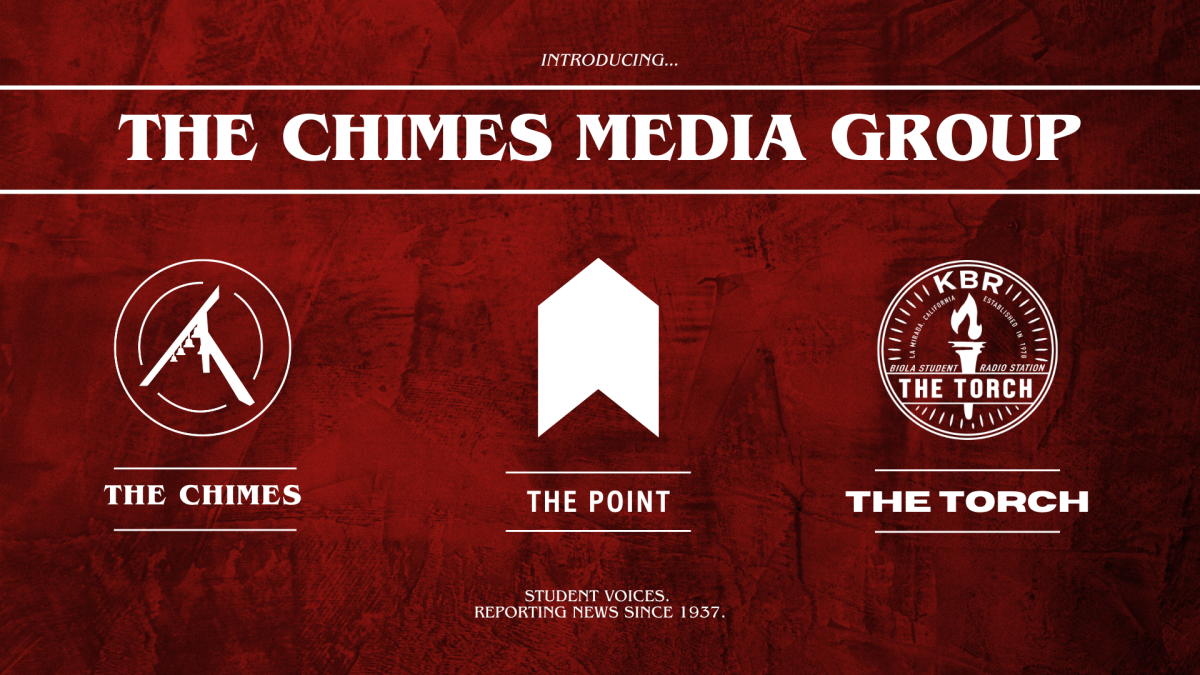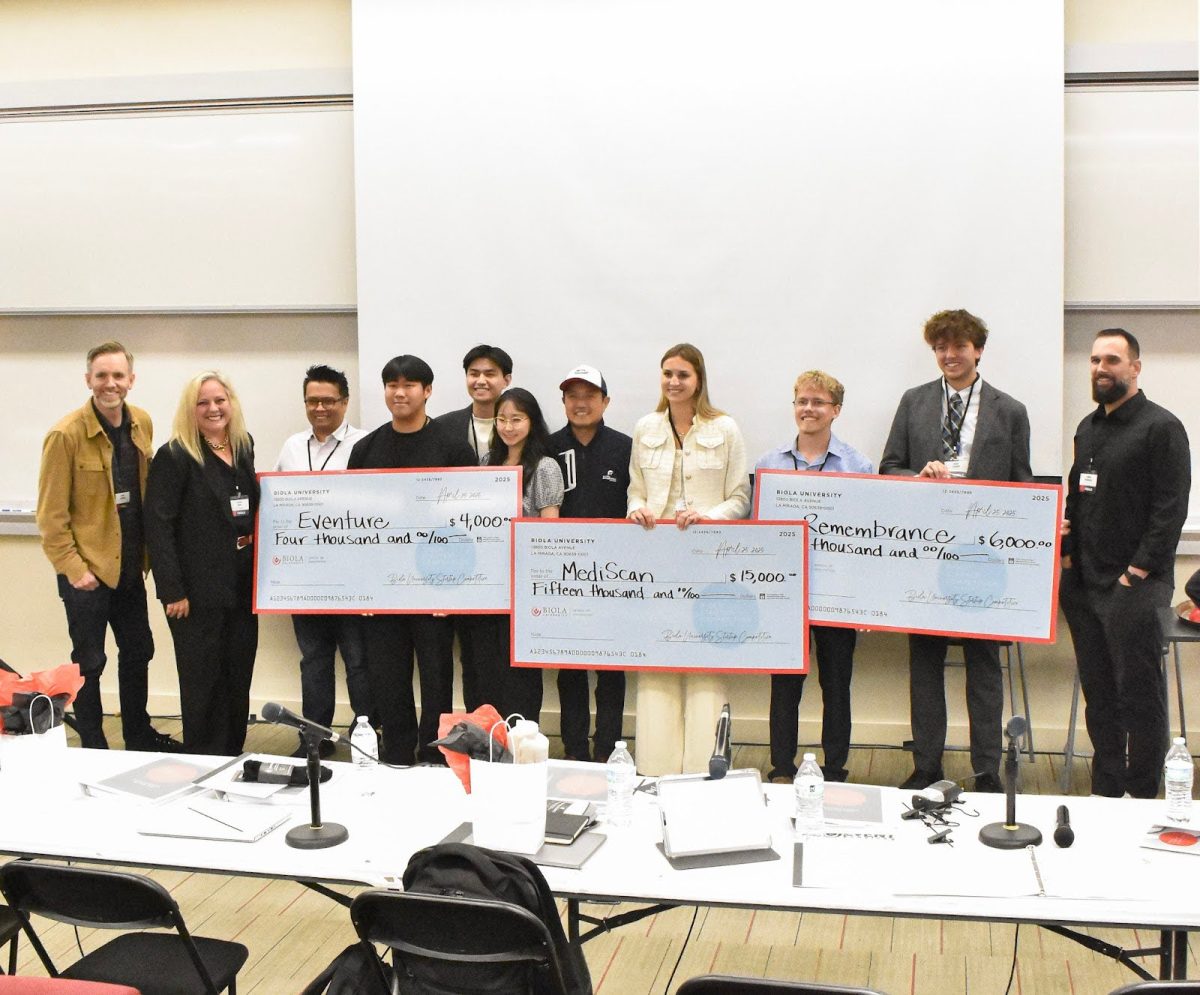The annual tuition raise will once again take place for the 2008-2009 school year. Undergraduate tuition is going to be increased $1,740 between the tuition, room and board costs according to a letter written by Carl Schreiber, the vice president of financial affairs and information technology.
The total undergraduate tuition expense will be $26,424 before university aid, up from last year’s $24,998. Average on-campus housing expenses will be $4,192, up from last year’s $4,014, and average meal plan costs will be $3,218, up from $3,082.
The main reason behind these increases is the escalation of the expenses of the university. Every year the utilities, employee benefits and postage rates go up, largely due to inflation, which in turn require the university to pay more money.
Schreiber acknowledged and expressed regret for the fact that there would more than likely be students who would not be able to pay for the tuition increase.
“I’m cognizant of the fact that … Biola’s not inexpensive,” said Schreiber. “I have no doubt that each year for the sake of a few hundred dollars we lose some students. That’s unfortunate, but it’s probably true.”
Despite the increase in university prices, Schreiber says that Biola’s prices are comparative to its “peer schools,” such as Azusa Pacific University and Point Loma Nazarene University.
“We tend to maintain the same relative position [to similar schools],” Schreiber said.
In addition, Schreiber and the Board of Trustees believe that in the end Biola costs less because the university does not add any fees above the amount of tuition outside of the specific class fees.“We believe APU has more fees over and above tuition than Biola’s fees over and above tuition,” said Schreiber.
Many of Biola’s peer schools add fees for benefits such as their student government, health center and security on top of the tuition rates, according to Schreiber. However, Biola embeds those fees into the tuition price so that extra fees like that are not required. The embedded fees go to Associated Students (AS), the health center, Information Technology (IT) and Campus Safety.
The average Biola student doesn’t pay all of their tuition bill thanks to university aid, said Schreiber. After academic scholarships, community service scholarships and university grants, a large number of students don’t have to pay the full tuition cost.
“The average student only pays 75.7 percent of their tuition bill,” said Schreiber. “Some get more, some get less, and some get none.”
Despite many students’ displeasure at the tuition increase, the percentage increase isn’t as high as past years. “There have been much higher percentage increases than this year’s increase,” Schreiber said.
This year undergraduate tuition is increasing by 5.7 percent, which is only slightly higher than last year’s increase of 5.11 percent. But looking back on past years, especially the late ‘80s and into the early ‘90s there were increases between 11 and 14 percent.
Schreiber also said the requests for money for different areas on campus always exceed the amount actually budgeted out for the year. He attributed that fact to the Board’s attempt to raise tuition as little as possible.
“We can give you anything you want, but at the end of the day you’re going to be paying 92 cents on the dollar of everything we do,” Schreiber said. “We could do a lot more if we had more money, but more money would probably mean a higher tuition.”
Prices at the Rosemead School of Psychology and Talbot Theological Seminary are also increasing for the 2008-2009 school year at approximately the same percentage rates. Rosemead’s Master’s and Doctoral programs are increasing 5.72 percent per semester, raising the prices from $9,044 to $9,561 per semester. Talbot’s Master’s programs are increasing 5.65 percent, bringing the price up from $407 to $430. However, Talbot’s Doctoral programs are only increasing .13 percent, bringing the price up by only one dollar. The reason behind the smaller increases for Talbot’s programs is because in comparison to other theological seminaries, Talbot is highly priced.
“We have held down our increases [with Rosemead], so we are closer to the pack [of peer schools] than we are with Talbot,” Schreiber said. Schreiber and the Board believe that they have placed the tuition at the lowest it can be to keep the quality of the school at a good level.
“A lot of effort and hours go into the budget,” said Schreiber. “It’s a lot of work, and we are very aware of the effect it has on students. It’s a balancing act. It’s something we take very seriously.”
For more details on Biola’s operating budget and exactly where the money comes from and goes to, please visit Biola’s Finance website.







